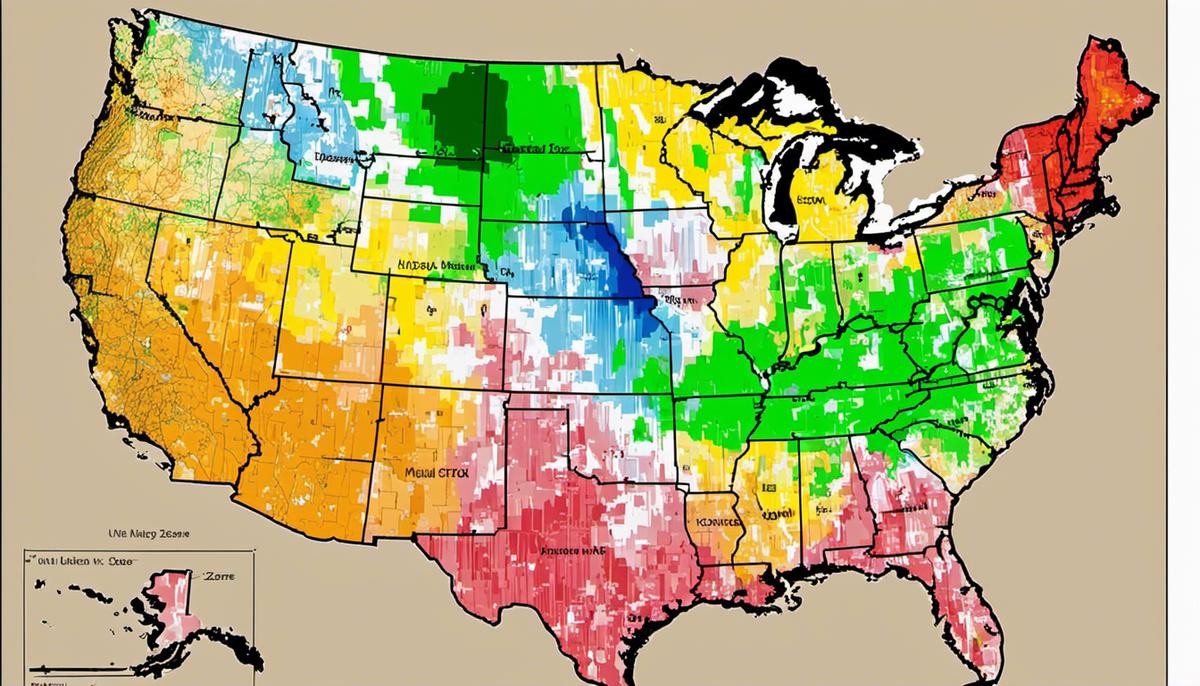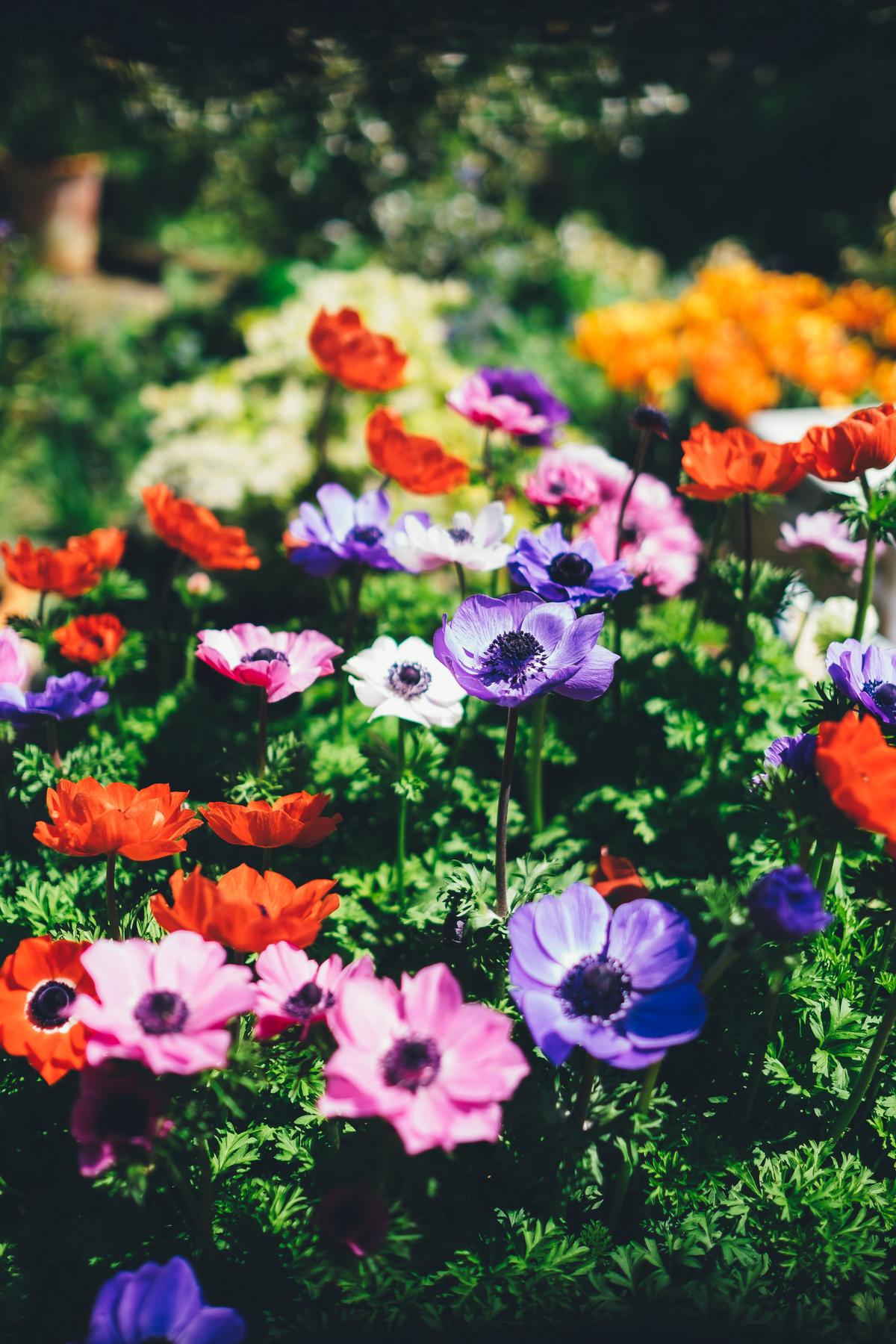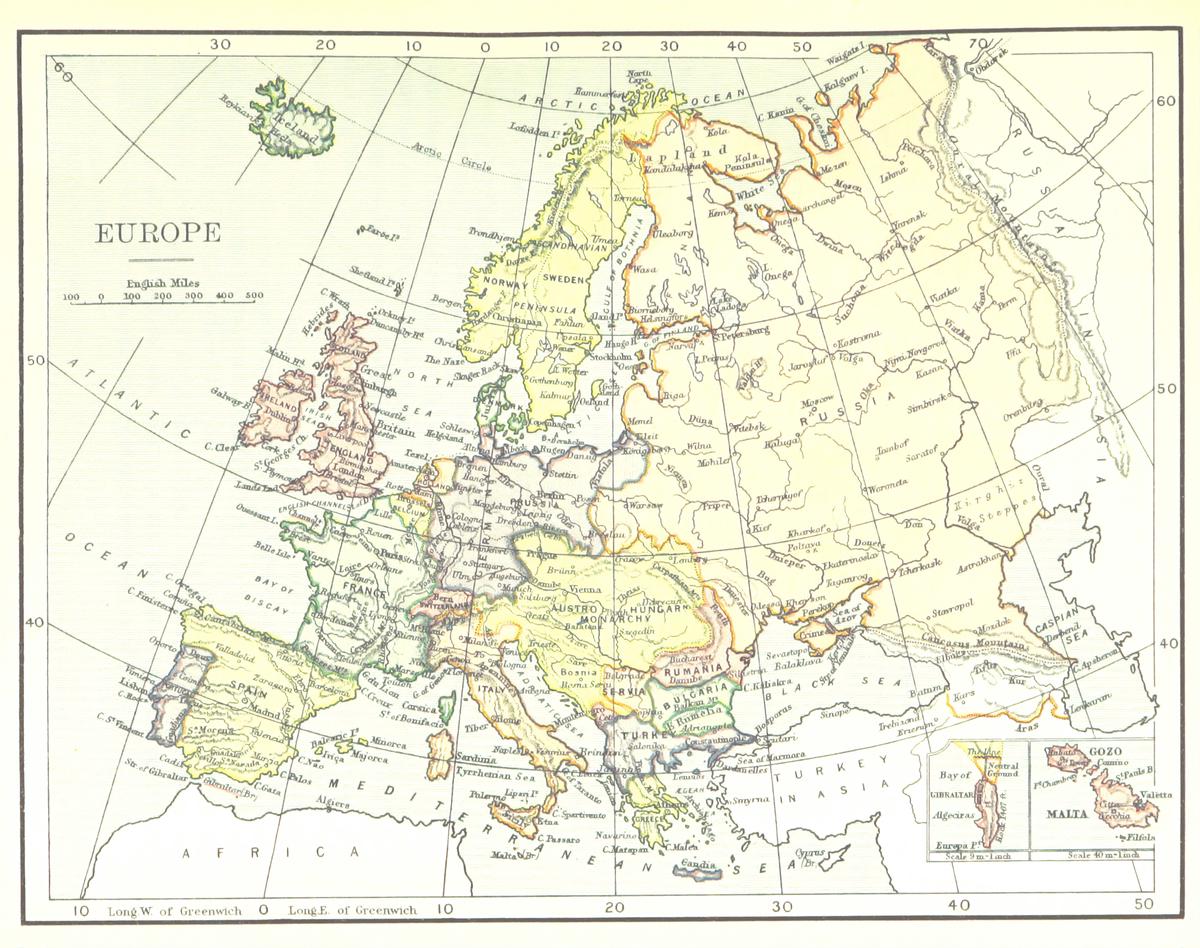Discovering Missouri’s Planting Zones

The world of horticulture is both exciting and complex, filled with an infinite variety of plant species, each with their unique set of requirements for thriving. One primary determiner for plant growth is the plant hardiness zone that a particular region falls into, a concept which enables gardeners to understand which plants are viable in their respective areas. This essay will delve into the understanding of plant hardiness zones, exploring what they signify, and their pivotal role in determining the suitable plants for a region. A specific focus will be laid on the state of Missouri, identifying its planting zones, and how its climate and geography ties into this classification. Eventually, we will venture into the process of selecting the right plants for planting in Missouri, considering key elements like temperature, soil type, and exposure to sunlight.
Understanding Plant Hardiness Zones
Getting into the art of gardening can feel like diving into a whole new world. There are so many plants to choose from, each with its unique requirements for sunlight, watering, and soil conditions. But wait! Before you rush to buy those lady slipper orchids or forget-me-nots, it is crucial to understand plant hardiness zones. These zones play a critical role in gardening success, and this article will explain why.
To start, plant hardiness zones are areas defined by the USDA (United States Department of Agriculture) that represent certain climates. Each zone is based on the average minimum winter temperature, divided into 10-degree F zones. The lower the zone number, the cooler the climate. We are talking about Zone 1a, a truly chilly zone with temperatures plunging as low as minus 60 degrees Fahrenheit, while Zone 13b is on the other end of the spectrum, never dipping below 65 degrees Fahrenheit.
Consequently, this hardiness zone map is like a roadmap for gardeners. It helps to determine which plants are likely to thrive at a location — and it’s pretty simple to use once you get a hang of it. For example, if that elegant peony caught your eye at the garden store and it’s labeled “Hardiness Zone: 3-8”, it means the plant will most likely flourish in zones 3 through 8 of the hardiness map, anywhere the average low temperature stays between -40 degrees to 20 degrees Fahrenheit.
Understanding hardiness zones is absolutely vital for any green thumb for a couple of reasons.
First, it ensures plant survival. If a plant is not suitable for your zone — regardless of how perfectly you tend to it — chances are, it just won’t make it. There is the occasional plant that endures outside its typical zone, but this is more of an exception than a rule.
Secondly, knowledge of hardiness zones can save you valuable time, energy, and resources. Trying to force a zone 9 plant to grow in a zone 4 winter could mean lots of fussing, additional insulation, heating lamps, and possibly heartbreak when the plant fails to survive.
Moreover, plant hardiness zones can guide landscape planning. You’ll know which trees, shrubs, and flowers will thrive in your garden space and which to avoid. Plus, it gives a great starting point for researching local, native plants, contributing to a healthier ecosystem.
Finally, knowing your zone enables you to stagger planting for a continuous bloom. You can plan out your garden months in advance, knowing exactly when to plant for the best growth and bloom performance.
Now those gardening dreams of yours are poised for success! So whether you’ve been green-thumbing it in a humble window box or tending to several acres, remember that plant hardiness zones are the golden key to effective gardening. And while chilly Zone 1a might be more fond of the sturdy English Boxwood, Zone 13b will have the Crow of Thorns basking in its balmy warmth – proving there’s a perfect plant for every garden, as long as you’re in the know with your grow zone! Remember, every zone is a garden waiting to bloom!

Photo by anniespratt on Unsplash
Identifying Missouri’s Planting Zones
Delving into Missouri’s Planting Zones: A Comprehensive Guide
In the enchanting world of floriculture, having a firm grasp on hardiness zones is crucial. It’s high time we zoom in on Missouri, the “Show-Me” state. Its geographical placement and diverse climates make for interesting gardening. Blessed with a wide range of hardiness zones, Missouri is a gardener’s paradise, boasting a spectrum of potential thriving plants.
Missouri essentially sits within two major hardiness zones according to the USDA hardiness zone map – Zone 5 and Zone 6. To understand the specifics further, we break them down into ‘a’ and ‘b’ subcategories.
Starting with Zone 5, we have Zone 5b, mostly nestled in the northern sections of Missouri. This zone experiences average extreme minimum temperatures of -15 to -10 degrees Fahrenheit. As one moves south, Zone 6a appears with temperatures ranging from -10 to -5 degrees Fahrenheit. This zone’s plant diversity significantly expands due to the slightly warmer climate.
The most substantial part of Missouri, including the renowned city of Saint Louis, shimmers in Zone 6b. This zone enjoys a robust plant-friendly environment as it encounters temperatures between -5 and 0 degrees Fahrenheit. Believe it or not, a tiny southern portion of Missouri falls within Zone 7a, basking in balmy minimum temperatures between 0 to 5 degrees Fahrenheit. Missouri’s favorable conditions open up a world of delight for horticulture enthusiasts.
Translating the above information into plant choices, you might wonder what one could expect in different zones of Missouri. For instance, in Zone 5b, several resilient plants exhibit splendid growth. Pines, spruces, and several kinds of fruit trees like apple, pear, and plum show remarkable resilience in these cooler conditions. Likewise, perennials such as peonies, daylilies, and hostas will thrive splendidly, painting a vibrant local habitat.
Moving towards the warmer zones, like Zone 6a and 6b, the plant diversity further expands. Hardy species of roses, many types of ornamental grasses, and arguably the most diverse range of perennials out of any zone are commonly seen. Additionally, fruit trees such as peach and sweet cherry reveal their bountiful yield in these zones.
Venturing into the warmest zone within Missouri – Zone 7a, one can decorate their landscape with southern Magnolias, Japanese maples, and blooming Crepe Myrtles. Fruit-bearing plants like figs and pomegranates also find Zone 7a to be just to their liking.
Knowing Missouri’s hardiness planting zones allows one to make the most out of their gardening ventures. Visionary gardeners often intermingle native and non-native plants for a rich and dynamic landscape. The stage is set, the knowledge is there; all that’s left is for you to immerse in the splendid enterprise of gardening in Missouri!

Selecting the Right Plants for Your Zone
So, you’re set on designing your own little green piece of paradise in beautiful Missouri, but aren’t quite sure where to start?
The good news is that the Show-Me state is widely varied in its hardiness zones, boasting zones 5a through 7a, making it a welcoming home for a delightfully diverse range of plants.
Once you’ve delved into the gardening world, you’ll uncover the enchanting world of hardiness zones. These zones are primarily defined by their average annual extreme minimum temperatures.
From heat-loving bloomers in zone 7a to sturdy greens brave enough to withstand a chillier 5a climate, you can cook up the perfect botanical blend for your garden.
Selecting plants suited to your specific zone not only ensures their survival but also invites a flourish of fauna catered to your landscape. Imagine, for instance, a resident of zone 5a in northern Missouri: reliable plant varieties such as the Pawpaw (Asimina Triloba) or the Purple Coneflower (Echinacea Purpurea) might be among your top picks. Hardy, beautiful, and native to the area, they promise a vibrant garden that will be easier to maintain and enjoy.
Moving further south to zone 6a or 6b, you will find a slightly warmer climate suitable for plants like the River Birch (Betula Nigra) or the Showy Goldenrod (Solidago Speciosa), delivering a visual feast from spring through fall. The Showy Goldenrod especially promises a spectacle of bright yellow flowers that showcases the beauty of native plants.
Then, for our garden aficionados in the hottest zone 7a, Southern Missouri is your sandbox. Expect a wider range of plant options like the stunning Eastern Redbud (Cercis Canadensis), or the Black-eyed Susan (Rudbeckia Hirta), with their bright, daisy-like petals making every summer day a delight. Mixing these varieties with non-native plants (that can also endure the local conditions) will create a more diverse and intriguing landscape.
Gardening in Missouri can thus become a fascinating journey through zones, temperatures, and various plant species. It’s a venture that requires a touch of planning but rewards you with a richly layered and biodiverse display of vegetation. Each hardiness zone in Missouri provides a unique opportunity to create a bountiful garden that brims with color and life all year round. Venturing into this world, one begins to understand how deeply rewarding it is to work with the land we live on, fostering local and varied flora with knowledge, patience, and a green thumb!

Photo by britishlibrary on Unsplash
Understanding the interactions between plants and their environments is indeed key to any successful gardening venture. In this context, identifying the agricultural zone, like those found in Missouri, is vital. It allows us to appreciate the intricate tapestry of factors that influence plant growth, such as climate, soil type, and sun exposure. By mastering the dynamics of Missouri’s hardiness zones, selecting plants becomes less of a guessing game and more of a science, enhancing the chances for successful, healthy growth. It empowers us to make informed decisions that resonate with the natural requirements of the plants, essentially fostering harmony between the flora and the surroundings. As we continue to explore and respect these natural principles, we not only enrich our botanical knowledge but also contribute to a healthier and more verdant environment.



